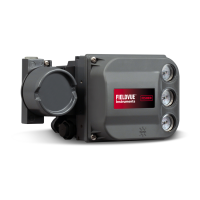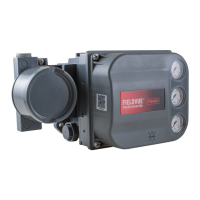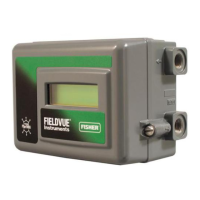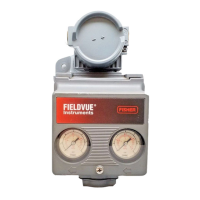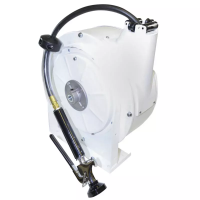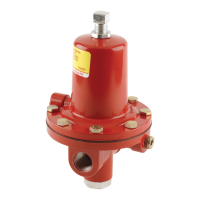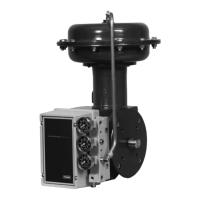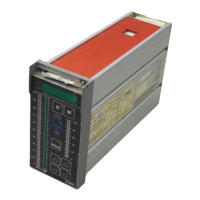Instruction Manual
D103412X012
Detailed Setup—ISEL Function Block
July 2013
145
Input Selector Function Block
Overview
The Input Selector (ISEL) function block (figure 4‐12) can be used to select the first good, maximum, minimum,
average, or hot backup from as many as eight input values and place it at the output. The block supports signal status
propagation. There is no process alarm detection in the Input Selector function block. Figure 4‐13 illustrates the
internal components of the ISEL function block. Table 4‐40 lists the ISEL block parameters, their index numbers, and
descriptions.
Figure 4‐12. Input Selector Function Block
FIELDBUS_56A
SELECTED
OUT
IN_1
IN_2
IN_3
IN_4
DISABLE_5
DISABLE_6
DISABLE_7
DISABLE_8
OP_SELECT
IN (1−8)
=
Input used in the selection algorithm.
DISABLE (1−8) =
Discrete input used to enable or disable
the associated input channel.
OP_SELECT
=
Input used to override algorithm.
.
SELECTED
=
The selected channel number.
OUT
=
The block output and status.
OUT_D
=
Discrete output that signals
IN_5
IN_6
IN_7
IN_8
ISEL
OUT_D
DISABLE_1
DISABLE_2
DISABLE_3
DISABLE_4
a selected alarm condition.
Modes
The ISEL function block supports three modes of operation as defined by the MODE_BLK [5] parameter:
Manual (Man)—The block output (OUT [7]) may be entered manually.
Automatic (Auto)—OUT [7] reflects the selected input value.
Out of Service (OOS)—The block is not processed. The BLOCK_ERR [6] parameter shows Out of Service. In this
mode, you can make changes to all configurable parameters. The target mode of a block may be restricted to one
or more of the supported modes.
The Input Selector block Actual mode will be Out of Service if any of the following are true:
The Actual mode of the resource block is not Auto
The Input Selector block Target mode is Out of Service
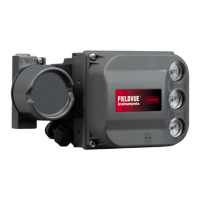
